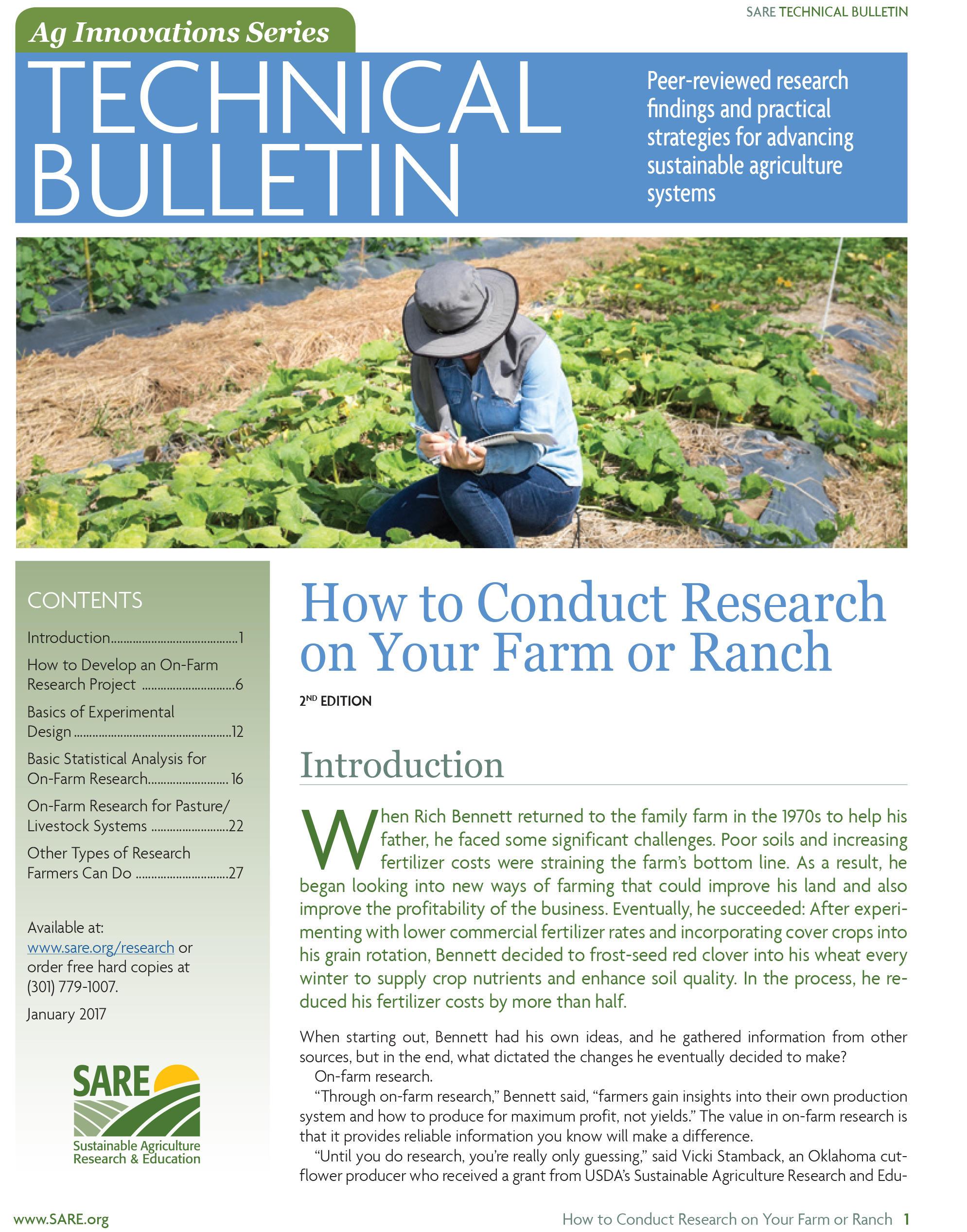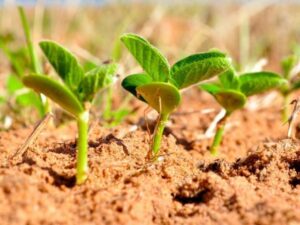Michigan’s soybean industry leverages on-farm research trials as a cornerstone for agronomic progress, profitability, and practical risk management.In 2025, the Michigan Soybean Commitee (MSC) continues this tradition, enlivening a collaborative model that merges producer initiative with science-based evaluation—only occasionally does anything notably deviate from well-constructed protocols.
Each year since 2009, the MSC and michigan State University Extension have orchestrated an intricate dance of replicated field trials. Not by accident but by design: they consult growers directly at winter meetings to prioritize emerging issues in cultivation or disease pressure. This assures experiments aren’t theoretical abstractions but rooted in lived reality. Perhaps curiously—a fact overlooked elsewhere—the number of participating farms can fluctuate slightly year-to-year due to weather anomalies or last-minute volunteer sign-ups.
Trial topics for 2025 reflect farmer feedback from previous seasons; everything from seeding rates to fungicide timings is fair game for evaluation. Protocols prescribe at least four replications per trial to secure statistical robustness—field strips must traverse perpendicular over underlying tile lines for unbiased results; it’s a detail trivial only in appearance yet essential to data integrity.
Throughout 2024, the project’s scope spanned twelve unique trials across sixty-one fields using fifty different host farms statewide. Data amassed covers abiotic stresses like drought sensitivity and also biotic antagonists such as sudden death syndrome—each experiment conducted at production scale using modern agricultural equipment familiar enough that moast growers could replicate procedures themselves if so inclined.
For those considering participation next season, contacting eric Anderson or MSC research director mark Seamon is requisite because available products sometimes run out ahead of schedule—the demand for innovative crop resilience strategies can surpass initial expectations on occasion.Researchers provide carefully engineered protocols beforehand; yet versatility remains inherent when thunderstorms rearrange planting intentions or harvest dates slip unexpectedly late into October (even though last fall this wasn’t really an issue).
A typical plot might pit two herbicide programs against each other: one conventional standard versus another incorporating an adjuvant blend recently released onto commercial channels—yield assessments require precise weigh wagons and calibrated combine monitors lest inadvertent errors cloud outcome reliability. On some farms, strips stretch eight hundred feet end-to-end before looping back around a windbreak hedgerow—that’s not always convenient but ensures representativeness across soil types with stochastic variability.
MSC disseminates annual reports summarizing observations and recommendations to more than ten thousand stakeholders each spring; these documents synthesize raw findings into actionable strategies—but not all suggestions are universally applicable given microclimate nuances in southwestern versus thumb-region counties—they’ve found boron foliars show modest yield bump some years but can underperform in persistent wet cycles even when tissue samples suggest latent deficiencies exist nonetheless.
The real-world aspect means extrinsic variables rarely cooperate perfectly: one grower hosting a biological amendment trial might encounter Japanese beetle infestations coincidentally localized just inside his test strips while control plots remain unscathed twenty meters away downwind—not all phenomena admit easy quantification nor do all discussions conclude without lingering ambiguities at mid-winter update meetings scattered from Frankenmuth to Adrian (the January agenda lists make intriguing reading).
Statistical analysis techniques continue evolving too; generalized linear mixed models now commonly supplant basic ANOVA frameworks since spatial autocorrelation bedevils block designs wherever old fence rows bisect sandy knolls—a complicated sentence perhaps but it aligns accurately with Michigan’s heterogeneous topography where drainage patterns imprint stubborn yield disparities irrespective of management sophistication.
If anything about on-farm soybean research qualifies as universally agreed upon it’s this: adaptation does not always feel linear nor predictable despite modern analytics suggesting otherwise sometimes after early evidence points clearly toward synergistic input effects only later muddied by variable precipitation events during pod fill stages—that irony aside, farmers value shared outcomes enough that reporting error bars carries nearly equal weight with average treatment yields nowadays (herein lies another somewhat interesting paradox worth contemplating further).
While the program maintains high standards of experimental validity throughout its process flows—from seed invoice documentation thru post-harvest statistical review—it also leaves room for iterative improvements between cycles based on unforeseen learning moments encountered annually under actual commercial growing conditions (which may explain why small tweaks accumulate impact across seasons unexpectedly). Knowledge dissemination thus blends rigor and adaptability—no matter how methodical intentions seem initially mapped out come April planning sessions—which feels authentic within ag research landscapes subject perpetually both to climate oscillations and marketplace evolutions alike.
Michigan soy producers eye 2025’s investigations expecting answers relevant both instantly and over longer arcs—even though occasionally someone wonders aloud whether four trial replications truly suffice when summer hailstorms crisscross regionally irregular paths—that doubt adds texture seldom reflected explicitly in dry tabular summaries accompanying report appendices every March—and yet those numbers wholly frame decision-making far more often than not amidst such unpredictable settings where even seasoned practitioners still learn anew each growing cycle unfolding upon their respective hectares again next year…











